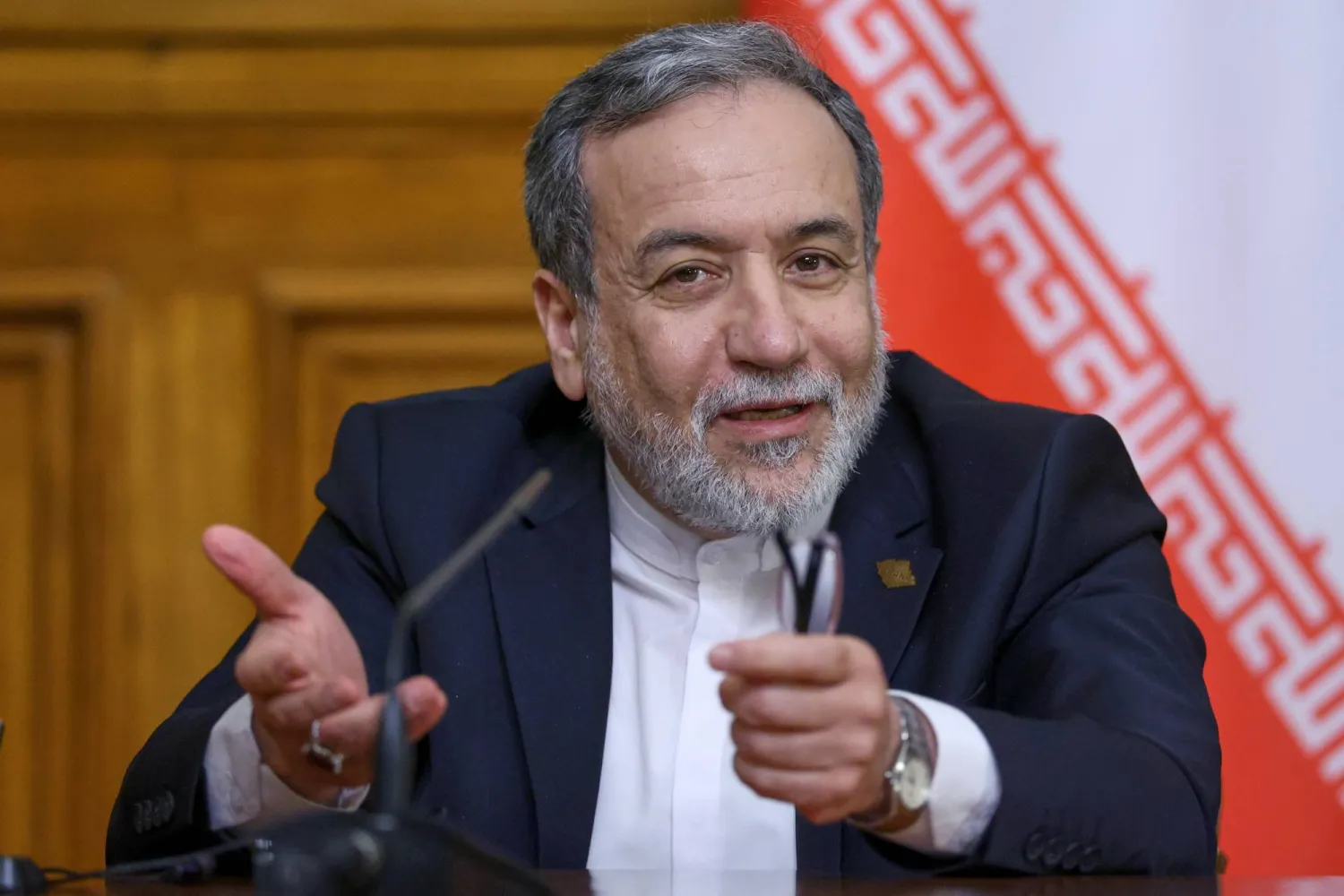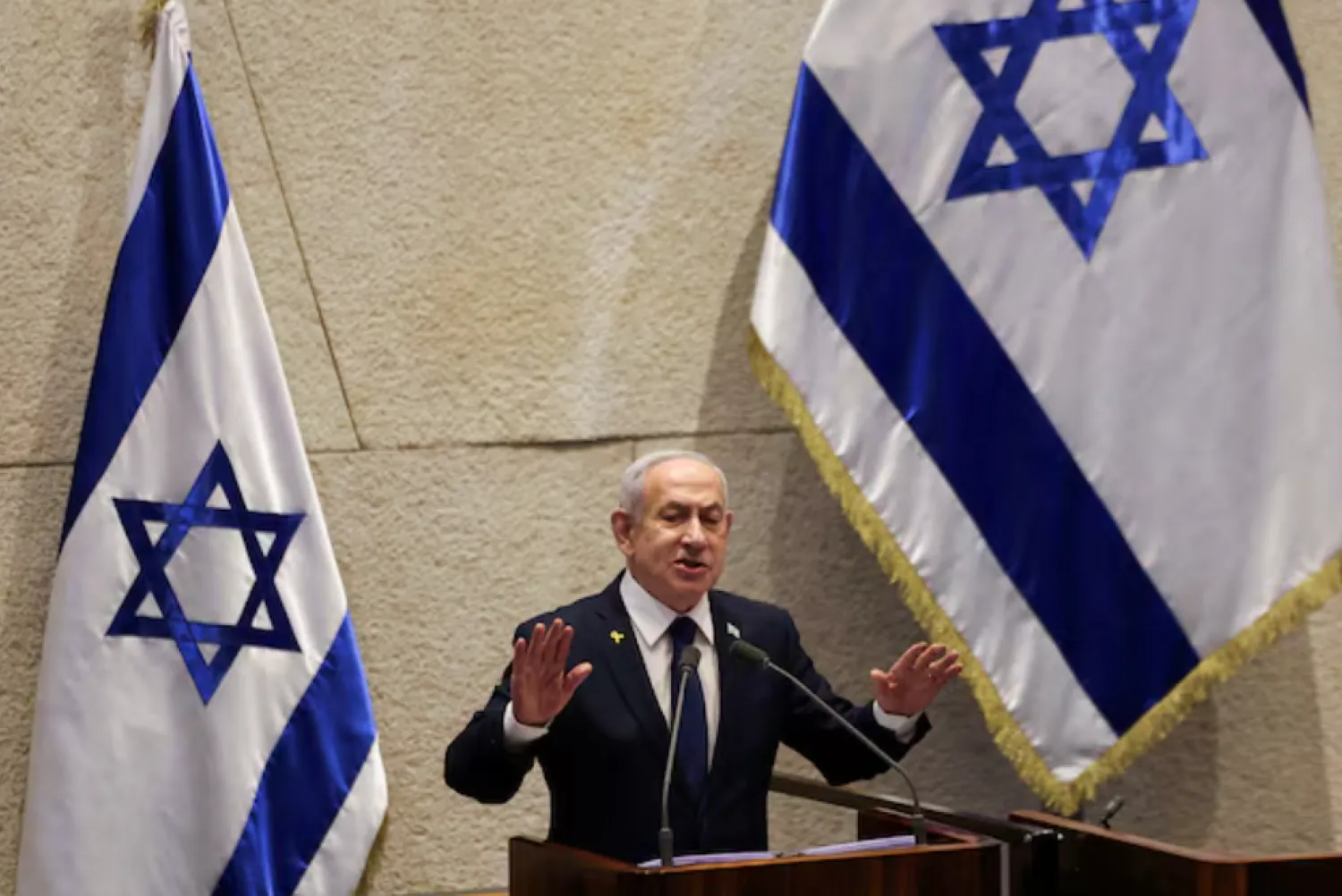The region covered by the US Central Command “is where we protect waterways so that global commerce can flow,” said US Secretary of Defense Lloyd J. Austin, in remarks during a change of command ceremony at CENTCOM.
“It is where we fight terrorists who threaten our citizens. And it is where we work with our partners to confront instability from Iran and its proxies,” he added.
He continued: “And so CENTCOM is central to our security. It is central to our readiness. And it is central to our mission.”
In his speech, Austin focused on the partnerships that CENTCOM holds in the region, especially after Israel’s realignment.
On Iran’s destabilizing role in the region, he said: “Iran has been expanding its nuclear program and investing in military capabilities, especially ballistic missiles. It has cultivated dangerous proxies. And it’s using unmanned aerial systems to threaten us and our partners.”
He pointed to political difficulties faced by the administration of US President Joe Biden in “marketing” a return to a nuclear agreement with Iran, in light of its rejection to discuss its ballistic missile program and its regional policies.
“The President has been clear: the United States is committed to preventing Iran from gaining a nuclear weapon. And we’re still committed to a diplomatic outcome on the nuclear issue. But regardless of the outcome of the nuclear talks, we’ll keep working closely together with our many partners to confront the threats from Iran,” Austin stated.
He continued: “In the short term, we’ll increase intelligence sharing and bolster regional air defense. And in the longer term, we’ll work together to tackle Iran’s use of missiles and its proliferation of unmanned aerial systems. And we’ll keep standing strong with our partners to hold Iran and its proxies accountable.”
US Army Gen. Michael “Erik” Kurilla assumed the command of CENTCOM from his successor, Gen. Kenneth F. McKenzie.
In comments during the ceremony, Kurilla said: “The regions that comprise CENTCOM: the Levant, the Middle East, South and Central Asia, are home to some of the most important and extraordinary scientific, artistic and social contributions to human history… Yet, they are home to violence, instability and conflict. There are areas of great suffering, abuse and human misery.”
He added that the central leadership must be involved in ensuring that global trade continues in the region, and must guarantee that threats there do not develop the ability to harm the American homeland.
Meanwhile, a US official said that negotiations between the US and Iran were now suspended, because nothing at this stage was acceptable to both parties.
“At this point, nothing mutually acceptable” has been proposed, according to a US official quoted by the Washington Post.
He explained that Tehran’s demand that the United States lift its designation of the Iranian Revolutionary Guard Corps as a foreign terrorist organization, and US refusal to do that, have brought the negotiations over reviving the Iran nuclear deal to a halt.
The official said the decision rests with Biden.
“The president hasn’t made a decision,” the official said. “Politically, we know that it’s an extremely difficult step to take.”









